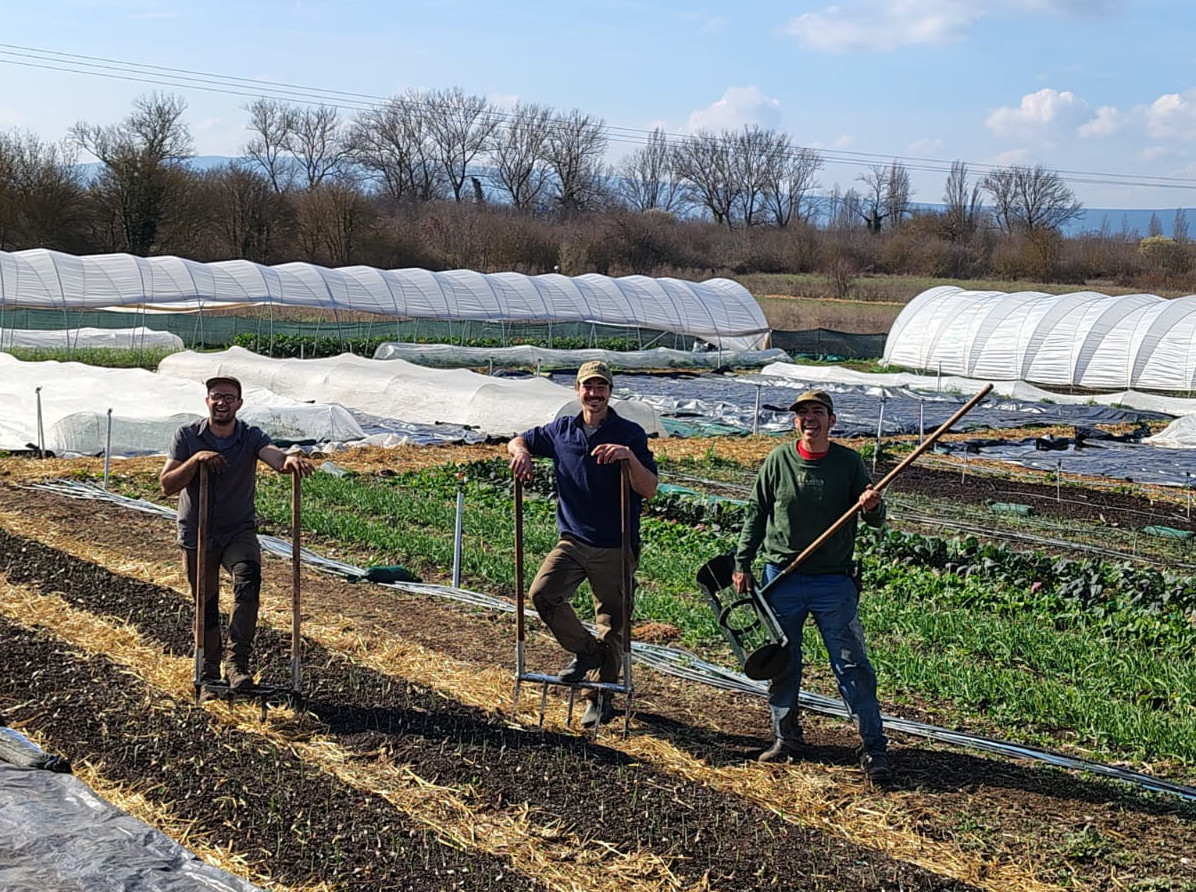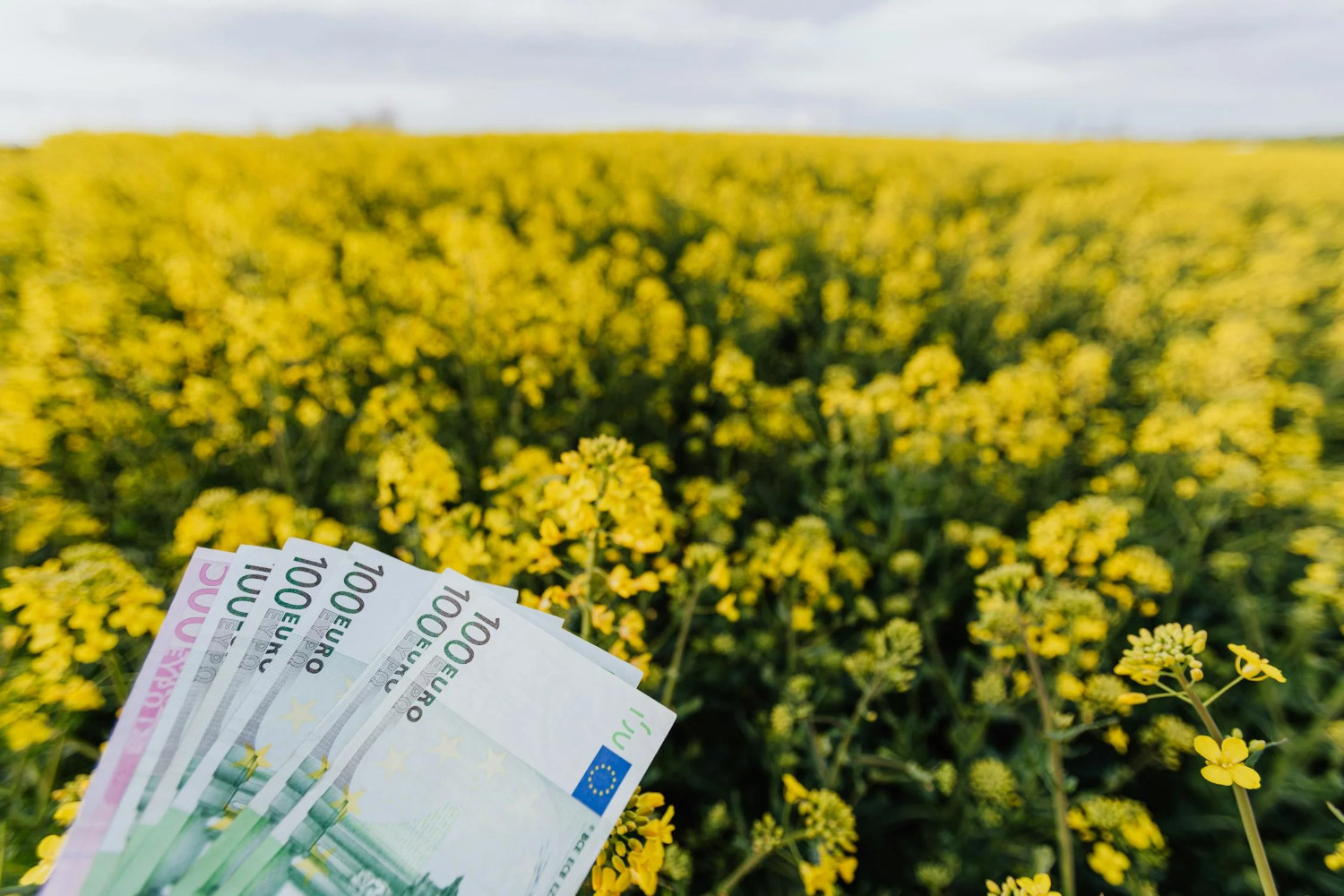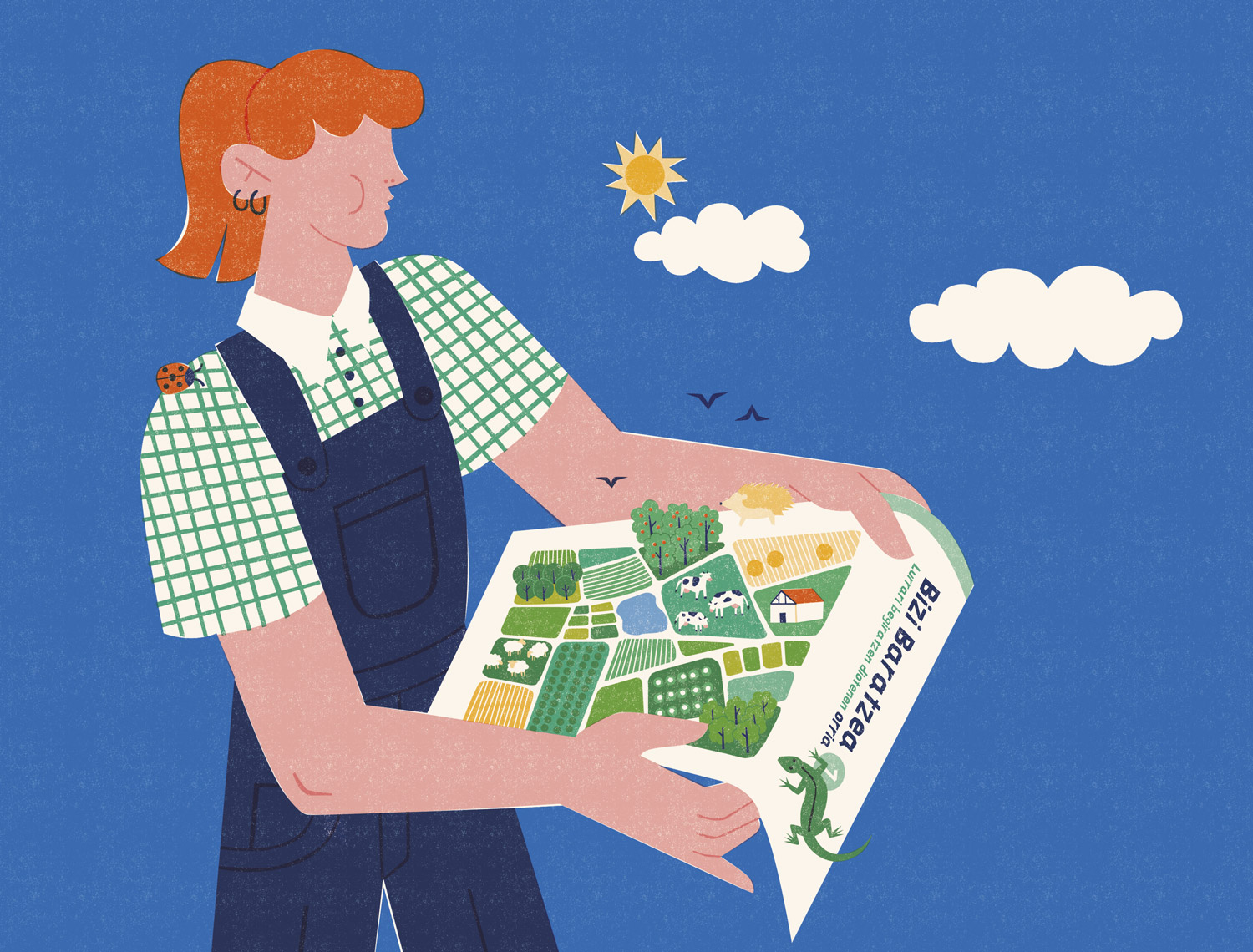Animals, livestock and livestock
- It is a question of returning to the agriculture of the future. As always when turning is mentioned, you have to take the size. To the extent that agriculture is a basic culture, we must also solve the problems of culture. The repair pathways are of three types: hereditary or hereditary, inherited and invented from both sides. Whatever the way, before you take it, you have to select it. In this choice lies the point of resistance that all cultures have, an element to oppose what is neither desirable nor chosen. The heritage, captured or invented, must adapt to the indigenous culture. The key is in those selections and adaptations. It has to be invented, really. Its most notable consequences are the capacity for progress that agriculture has given us as people and as people – quality food, food security, the possibility of dressing up culture… – and the values that it has added to our environment – cultural landscape, quality environment, exceptional, indigenous and adapted….

Taking all of this into account, we have to account for the future we want. What kind of environment, landscape, food, quality of life and culture do we want? Hence, it is a question of returning to the agriculture of the future.
We are becoming increasingly aware that the only option for agriculture comes from growing the plants we are going to eat and raising the animals we need for them, eating or not. We need animals to bring the earth to life. And without living land, we have a party. Chemical agriculture kills the land, and behind it are all the plants with hydroponics suffixes, aquapony and ponia, which make us sick and kill us.
Whether it's animal, animal or livestock, where we grow the land, we have its need. It is he who creates the raw material that gives our land the most beautiful life: manure. Manure shall be manure or seasoning. That it forms the basis of healthy food on earth. That basis is biodiversity, that's the key to health.
You see the animal in the meadow and come to that grass. Is there something like a rich meadow? Looking at the meadow and seeing the abundance of plants is beautiful. The best thing, however, is the order of grass and plants that occurs throughout the year in the same meadow. One of cooling, of growth and of hostility, the other of flowering, the next of maturation, the one of a little beyond hanging and sewing the seeds to the wind… So all year round.
What about animals? If the meadow is rich, the animal will not be missing, eating each other and eating the other. In the meadows back home, on the grass, a long bunch of crows, pigs, pigs, rabbits, birds, birds, birds, birds, birds, birds and birds are stirred at picotazos and scratches. They also graze the mare and the sheep. Regarding the latter, the rales and the herons. I often see an urachus in the back of sheep picotting between the lans, eating bacas or ticks. He also walks between the branches of the ox, certainly, in flies. The white garza also runs around cows and hazelnuts, catching the flies of his face, recording the multitude of insects that scare his weed and approaches his brows. Also in the back and in the group, especially when lying down; to hunt better from the hill... She also cares for the mare, known as a cowboy chick.
2020. urteko udaberrian lorategigintzak eta ortugintzak hartutako balioa gogoan, aisialdi aktibitate eta ingurune naturalarekin lotura gisa. Terraza eta etxeko loreontzietan hasitako ekintzak hiriko ortuen nekazaritzan jarraitu du, behin itxialdia bareturik. Historian zehar... [+]
Euskal Herri mailan txikitik handira agroekologia sustatzen duten zenbait elkarte eta kooperatiba ataka larrian daude, finantziazio iturriak bertan behera geratu ostean. Erakunde publikoetatik, berriz, elikadura negozio gisa ikusten duten proiektuen aldeko apustu irmoa nabari... [+]
Iruñean bizi ziren Iñaki Zoko Lamarka eta Andoni Arizkuren Eseberri gazteak, baina familiaren herriarekin, Otsagabiarekin, lotura estua zuten biek betidanik. “Lehen, asteburuetan eta udan etortzen ginen eta duela urte batzuk bizitzera etorri ginen”, dio... [+]
Gaur abiatu da Bizi Baratzea Orrian kide egiteko kanpaina. Urtaro bakoitzean kaleratuko den aldizkari berezi honek Lurrari buruzko jakintza praktikoa eta gaurkotasuneko gaiak jorratuko ditu, formato oso berezian: poster handi bat izango du ardatz eta tolestu ahala beste... [+]
Gipuzkoako hamaika txokotatik gerturatutako hamarka lagun elkartu ziren otsailaren 23an Amillubiko lehen auzo(p)lanera. Biolur elkarteak bultzatutako proiektu kolektiboa da Amillubi, agroekologian sakontzeko eta Gipuzkoako etorkizuneko elikadura erronkei heltzeko asmoz Zestoako... [+]
Emakume bakoitzaren errelatotik abiatuta, lurrari eta elikadurari buruzko jakituria kolektibizatu eta sukaldeko iruditegia irauli nahi ditu Ziminttere proiektuak, mahai baten bueltan, sukaldean bertan eta elikagaiak eskutan darabiltzaten bitartean.
Ibon galdezka etorri zait Bizibaratzea.eus webguneko kontsultategira. Uda aurre horretan artoa (Zea mays) eta baba gorria (Phaseolus vulgaris) erein nahi ditu. “Arto” hitza grekotik dator eta oinarrizko jakia esan nahi du, artoa = ogia; arto edo panizo edo mileka... [+]





















